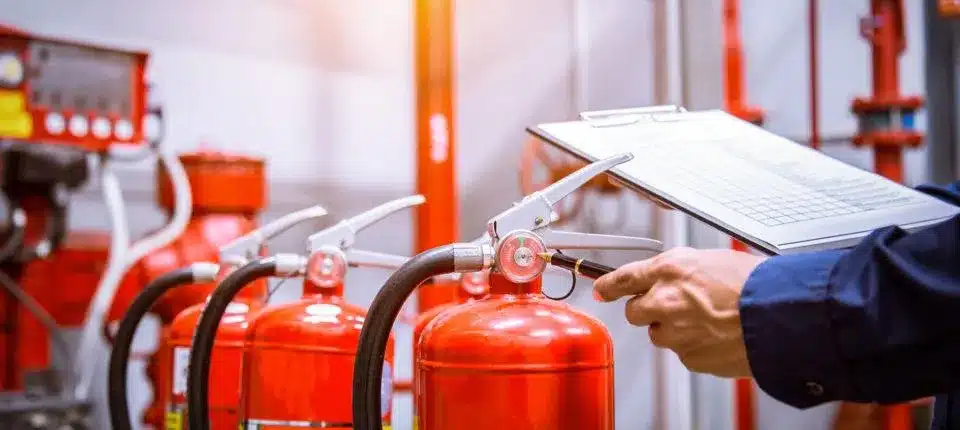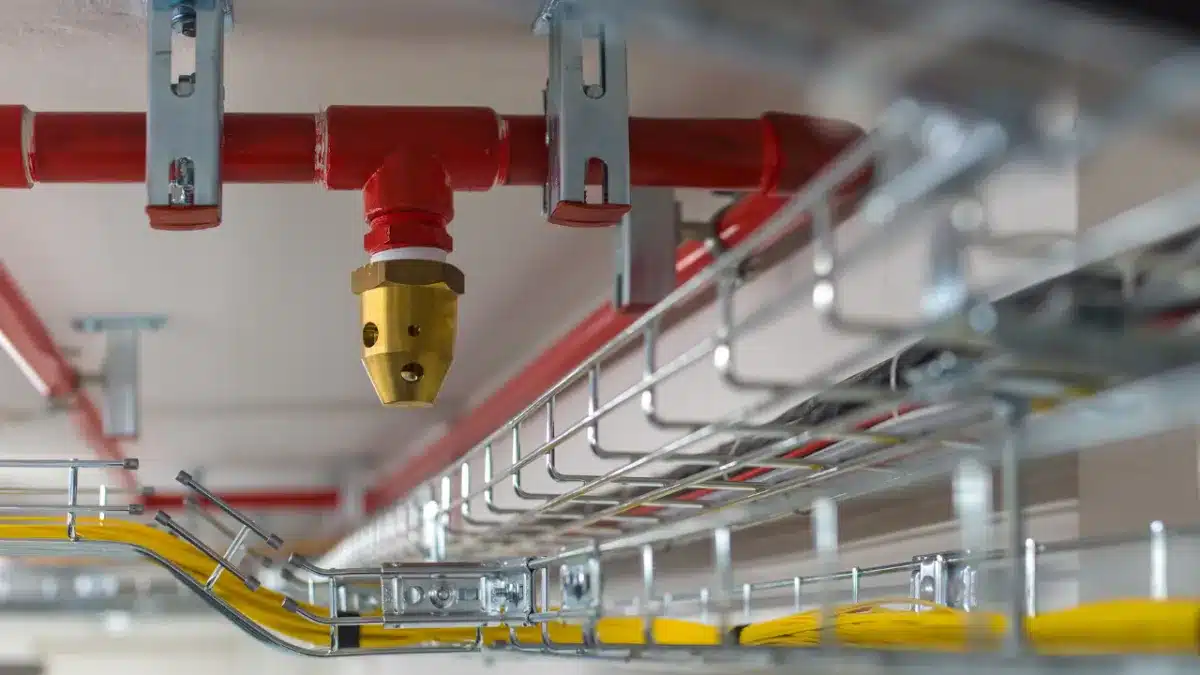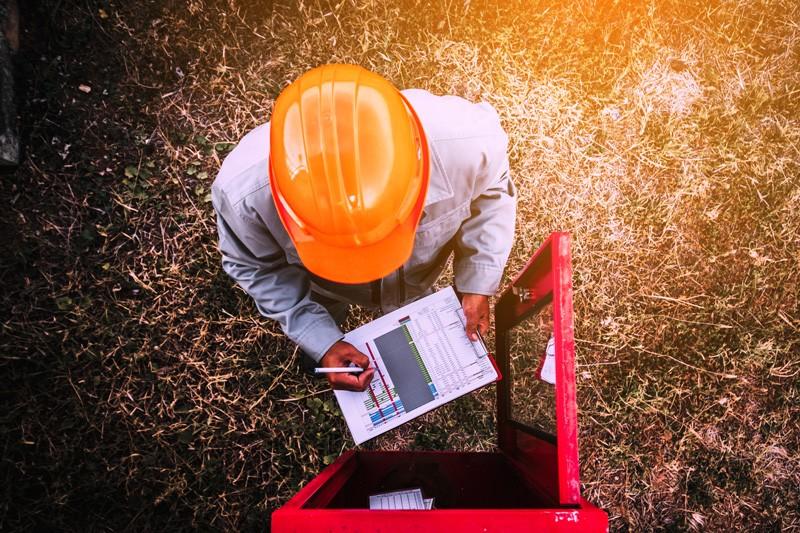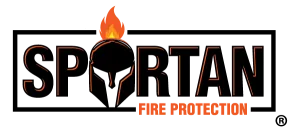A Guide To Understanding Commercial Fire Protection Systems

Fire protection in commercial buildings represents one of the most crucial aspects of building safety and risk management. This comprehensive guide explores the essential fire protection systems that safeguard modern commercial structures, their occupants, and assets.
Introduction to Commercial Fire Protection
Commercial fire protection encompasses a carefully orchestrated network of systems working in harmony to detect, contain, and suppress fires while facilitating safe evacuation. Modern building codes mandate specific fire protection requirements, but understanding these systems helps building owners and managers make informed decisions beyond minimum compliance.
Core Fire Protection Systems
Fire Detection and Alarm Systems
- Smoke Detectors: Using either photoelectric or ionization technology, these devices detect smoke particles in the air. Photoelectric detectors excel at detecting smoldering fires, while ionization detectors respond quickly to flaming fires. Many commercial buildings employ both technologies for comprehensive protection.
- Heat Detectors: These complement smoke detectors by monitoring temperature changes. Fixed-temperature detectors trigger at specific temperatures (typically 135°F to 165°F), while rate-of-rise detectors activate when temperature increases rapidly.
- Fire Alarm Control Panels (FACP): The brain of the detection system, FACPs monitor all connected devices, process signals, and initiate appropriate responses. They maintain detailed logs of all system events and can communicate with emergency services through central station monitoring.
Automatic Sprinkler Systems
- Wet Pipe Systems: The most common type, these systems keep water in the pipes at all times, ready for immediate discharge when a sprinkler head activates. They’re ideal for heated buildings where freezing isn’t a concern.
- Dry Pipe Systems: Used in unheated areas or cold climates, these systems maintain pressurized air in the pipes instead of water. When a sprinkler activates, the air releases, allowing water to flow through the system.
- Pre-Action Systems: Common in data centers and museums, these systems require two events (typically smoke detection and sprinkler head activation) before releasing water, reducing accidental discharge risk.
Fire Suppression Systems
- Clean Agent Systems: Using gases like FM-200 or NOVEC 1230, these systems suppress fires without leaving residue, making them ideal for protecting sensitive electronics and irreplaceable assets.
- Carbon Dioxide Systems: Effective for specific hazards but requiring careful safety protocols due to the asphyxiation risk to occupants.
- Kitchen Hood Systems: Specialized wet chemical systems designed specifically for commercial kitchen fires, capable of handling intense grease fires.
Passive Fire Protection
- Fire-Rated Walls and Floors: These assemblies maintain their structural integrity during fires, containing flames and smoke to their area of origin.
- Fire Doors: Self-closing and rated for specific durations, these doors maintain compartmentation between different building areas.
- Firestopping: Sealing penetrations through fire-rated assemblies prevents fire and smoke from spreading between compartments.
Emergency Communication and Evacuation
- Voice Evacuation Systems: Providing clear instructions during emergencies, these systems can deliver targeted messages to specific building areas.
- Emergency Lighting: Ensuring safe evacuation paths remain visible during power failures.
- Exit Signs: Illuminated markers guiding occupants to emergency exits.
Maintenance and Testing Requirements
- Weekly: Visual inspections of gauges and control panels
- Monthly: Testing of battery systems and alarm communications
- Quarterly: Testing of water flow devices and supervisory signals
- Annual: Comprehensive system inspections, including sprinkler heads and fire pumps
Integration with Building Management Systems
- HVAC systems for smoke control
- Access control systems for emergency egress
- Elevator systems for fire service operation
- Building automation systems for centralized monitoring
How We Can Help
Related Articles

Understanding The Different Types of Fire Sprinkler Systems
Explore various fire sprinkler systems—wet, dry, pre-action, deluge, and foam—to determine the best fit for your facility’s specific fire protection needs.

How To Clean Up Fire Extinguisher Residue
Learn effective methods to safely clean different types of fire extinguisher residues, ensuring your space is restored and hazards are minimized.

How Do Fire Alarm Systems Actually Work?
Understand the operation of fire alarm systems, helping you ensure timely detection, effective alerts, and proper maintenance for optimal safety.
